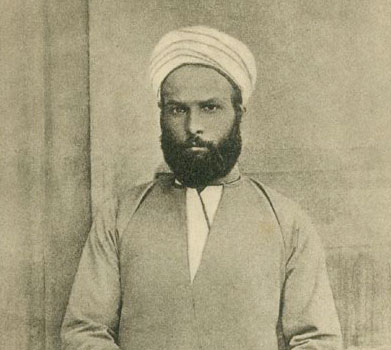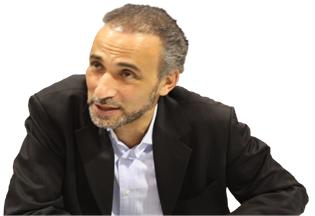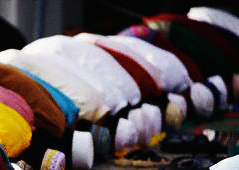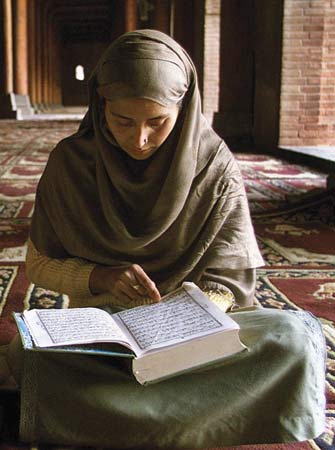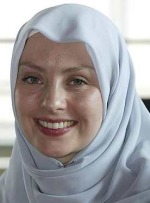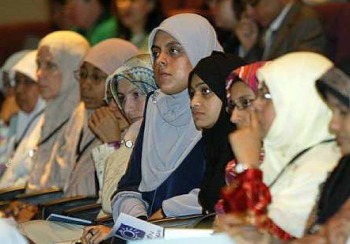27 December 2011 / 2 Safar 1433
REMEMBERING GAZA
Today marks three years since the three week Operation Cast Lead bombardment of Gaza from 27 Dec 2008 to 19 Jan 2009. The perennial, illegitimate and inhumane blockade has led to progressive isolation and deprivation of the Gaza Strip and restricted access to essential items vital for “normal existence”, making the daily process of living extremely difficult. Its people die slowly, its children are malnourished, an alarming 66% of its 9-12 months old and 35% of pregnant women are anemic, its water contaminated, 80% of its people is dependent on UN Food Aid and the youth unemployment rate a soaring 65%.
The Gaza invasion is yet one more tragic story in a long, sad tragedy that has befallen a people whose story has been denied and distorted. The people of Gaza have become destitutes in their homeland, more so the women and children. The current situation has been described as a crisis of human dignity. The dehumanization of the Palestinians of Gaza continues unabated. But we will not forget.
Viva Palestina Malaysia’s 14 man team as part of the Viva Palestina 5 convoy of 380 volunteers from 30 countries driving 147 vehicles carrying humanitarian aid worth in excess of USD 5 million entered Gaza in October 2010 and delivered a powerful message that the world has not forgotten them and global efforts were underway to overturn the cruel siege on Gaza.
The past three years has seen a myriad of VPM activities advocating justice and self determination for Palestine and transferring much needed funds for various projects in besieged Gaza. In summary, a total of nearly RM 1 million of your generous contribution has been disbursed to fund various medical, educational, micro-financing and women’s projects in Gaza.
In the first quarter of 2012, Viva Palestina 6 Life Line to Gaza will take on another mission to Gaza. VPM will be a major player of this international humanitarian mission and plans to raise a sum of RM 3/4 million to fund an integrated agricultural and animal husbandry project, a Palestinian heritage project and train Gaza doctors in post-graduate medicine and surgery in Malaysian medical schools.
This year round we have tweaked our advocacy and awareness campaign to showcase Gaza Remembrance Day in a national high impact Kuala Lumpur Palestine Film Festival (KLPFF). Breaking new grounds VPM and FINAS (National Film Development Corporation Malaysia) will be staging our KLPFF from 4-6 February 2012, at the Golden Screen Cinemas, Pavillion, Jalan Bukit Bintang, Kuala Lumpur. The films screened will document many of the humanitarian issues besetting Palestine and the festival doubles as a major VPM fund raising initiative for our Viva Palestina 6 Life Line to Gaza.
The pain and sufferings of Gaza still speaks to us from thousands of miles away. When VP5 left Gaza, the people of Gaza kept thanking us but in essence it is we who should thank them. These courageous people teach us every day, every hour, every moment what it’s like to be brave, strong and resilient. They live against all odds and we are humbled by their unbroken spirit that soars even with clipped wings.
Brave people of Gaza, may Allah grant you more strength, bravery and fortitude. May your spirit remain unbroken and irrepressible.
May you stand united, firm and defiant against the enemy. Brave people of Gaza, we salute you and we await the day when victory greets you Insha Allah.
Viva Palestina!
Dato’ Dr. Musa Mohd Nordin
Chairman
REMEMBERING GAZA
Today marks three years since the three week Operation Cast Lead bombardment of Gaza from 27 Dec 2008 to 19 Jan 2009. The
perennial, illegitimate and inhumane blockade has led to progressive isolation and deprivation of the Gaza Strip and restricted access
to essential items vital for “normal existence”, making the daily process of living extremely difficult. Its people die slowly, its children
are malnourished, an alarming 66% of its 9-12 months old and 35% of pregnant women are anemic, its water contaminated, 80% of its
people is dependent on UN Food Aid and the youth unemployment rate a soaring 65%.
The Gaza invasion is yet one more tragic story in a long, sad tragedy that has befallen a people whose story has been denied and
distorted. The people of Gaza have become destitutes in their homeland, more so the women and children. The current situation has
been described as a crisis of human dignity. The dehumanization of the Palestinians of Gaza continues unabated. But we will
not forget.
Viva Palestina Malaysia’s 14 man team as part of the Viva Palestina 5 convoy of 380 volunteers from 30 countries driving 147 vehicles
carrying humanitarian aid worth in excess of USD 5 million entered Gaza in October 2010 and delivered a powerful message that the
world has not forgotten them and global efforts were underway to overturn the cruel siege on Gaza.
The past three years has seen a myriad of VPM activities advocating justice and self determination for Palestine and transferring much
needed funds for various projects in besieged Gaza. In summary, a total of nearly RM 1 million of your generous contribution has been
disbursed to fund various medical, educational, micro-financing and women’s projects in Gaza.
In the first quarter of 2012, Viva Palestina 6 Life Line to Gaza will take on another mission to Gaza. VPM will be a major player of this
international humanitarian mission and plans to raise a sum of RM 3/4 million to fund an integrated agricultural and animal husbandry
project, a Palestinian heritage project and train Gaza doctors in post-graduate medicine and surgery in Malaysian medical schools.
This year round we have tweaked our advocacy and awareness campaign to showcase Gaza Remembrance Day in a national high
impact Kuala Lumpur Palestine Film Festival (KLPFF). Breaking new grounds VPM and FINAS (National Film Development Corporation
Malaysia) will be staging our KLPFF from 4-6 February 2012, at the Golden Screen Cinemas, Pavillion, Jalan Bukit Bintang, Kuala
Lumpur. The films screened will document many of the humanitarian issues besetting Palestine and the festival doubles as a major
VPM fund raising initiative for our Viva Palestina 6 Life Line to Gaza
.The pain and sufferings of Gaza still speaks to us from thousands of miles away. When VP5 left Gaza, the people of Gaza kept thanking
us but in essence it is we who should thank them. These courageous people teach us every day, every hour, every moment what it’s
like to be brave, strong and resilient. They live against all odds and we are humbled by their unbroken spirit that soars even with
clipped wings.
Brave people of Gaza, may Allah grant you more strength, bravery and fortitude. May your spirit remain unbroken and irrepressible.
May you stand united, firm and defiant against the enemy. Brave people of Gaza, we salute you and we await the day when victory
greets you Insha Allah.
Viva Palestina!
Dato’ Dr. Musa Mohd Nordin
Chairman
